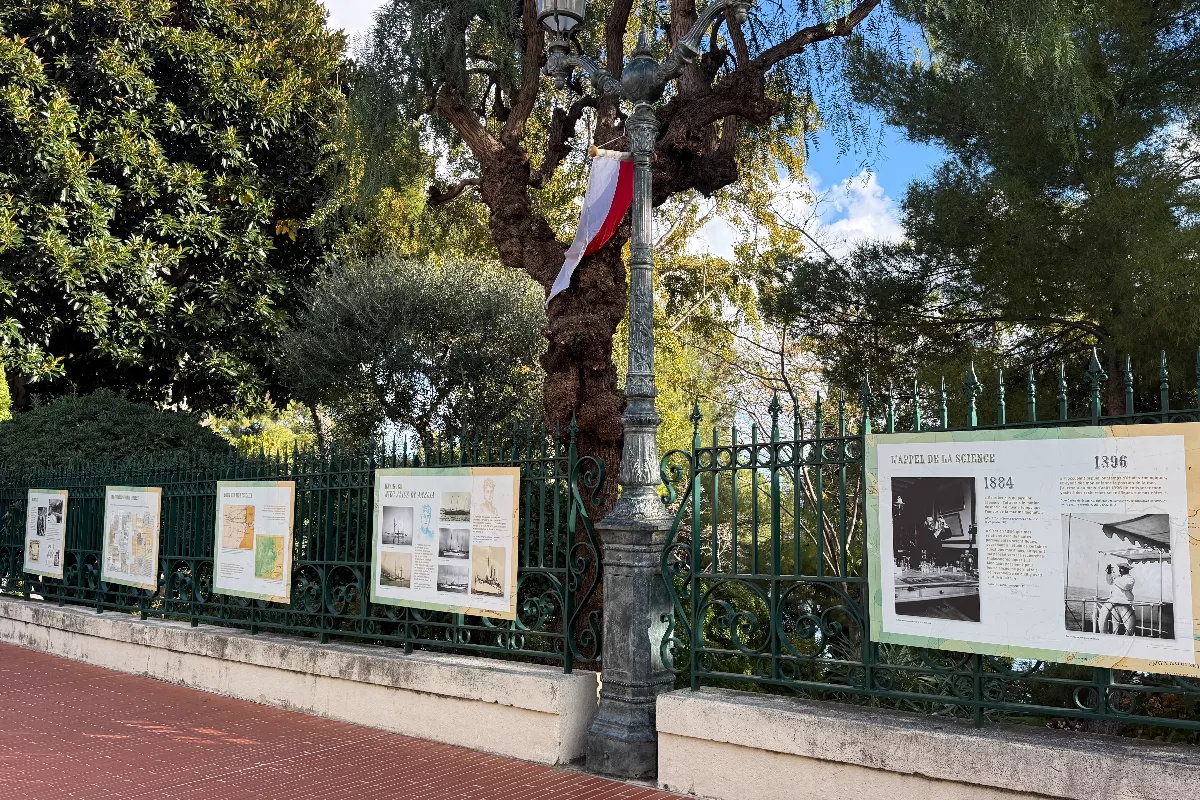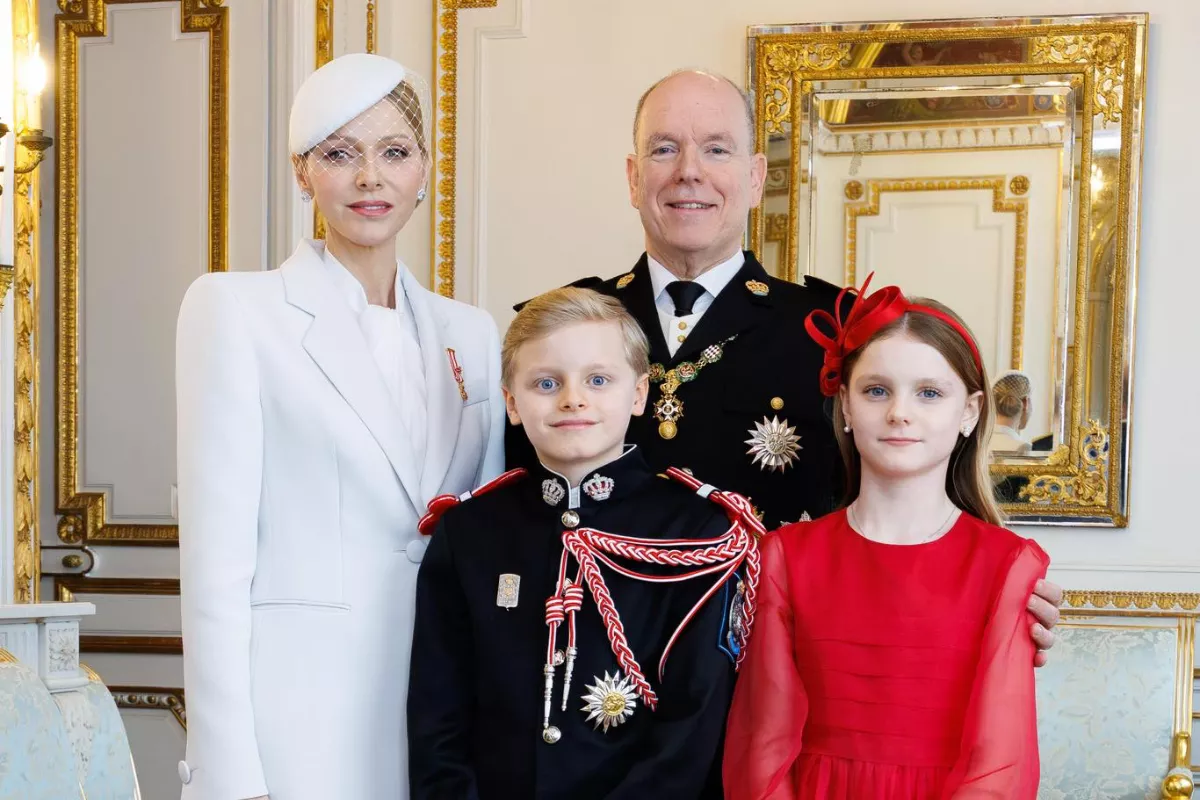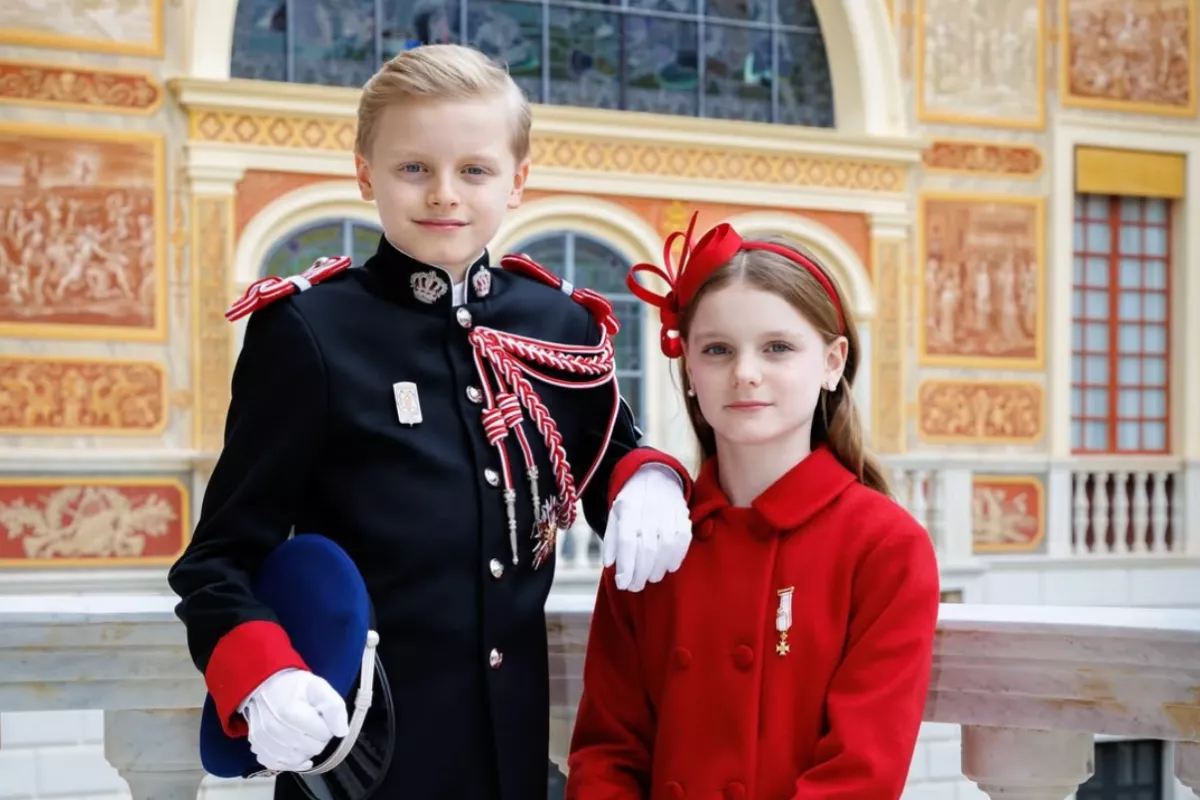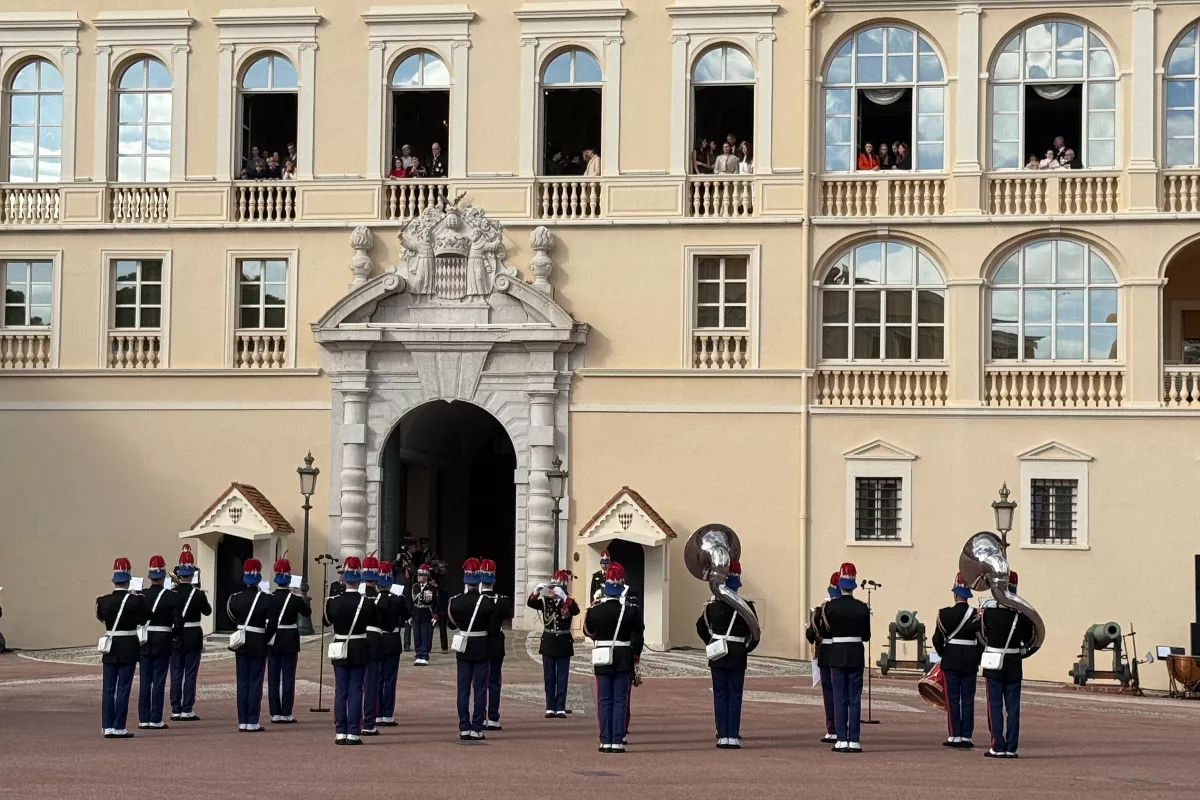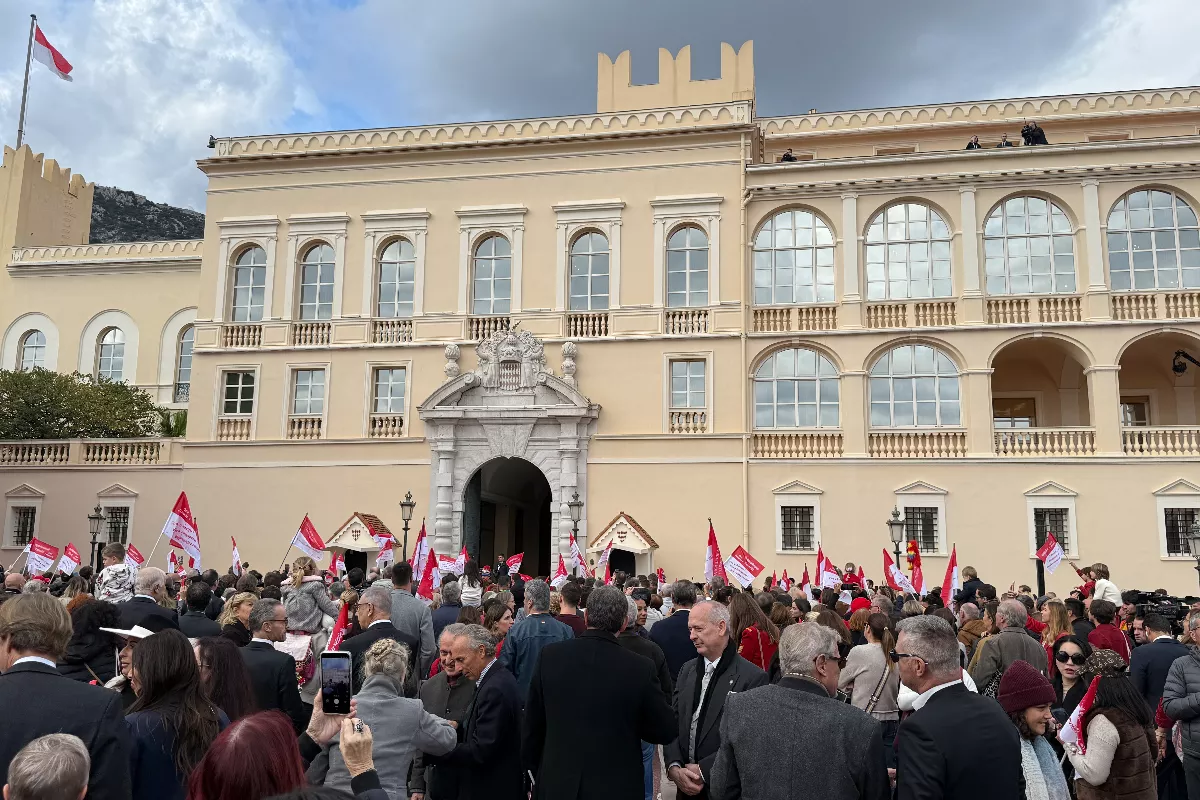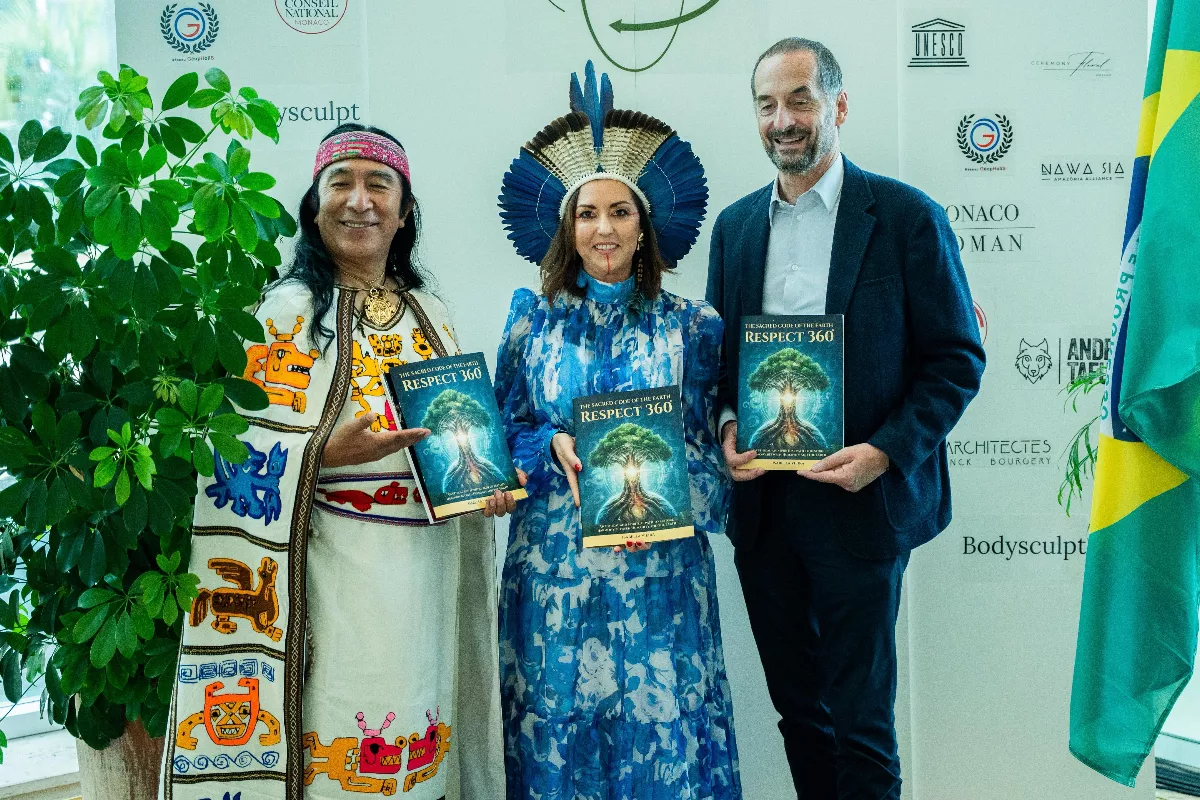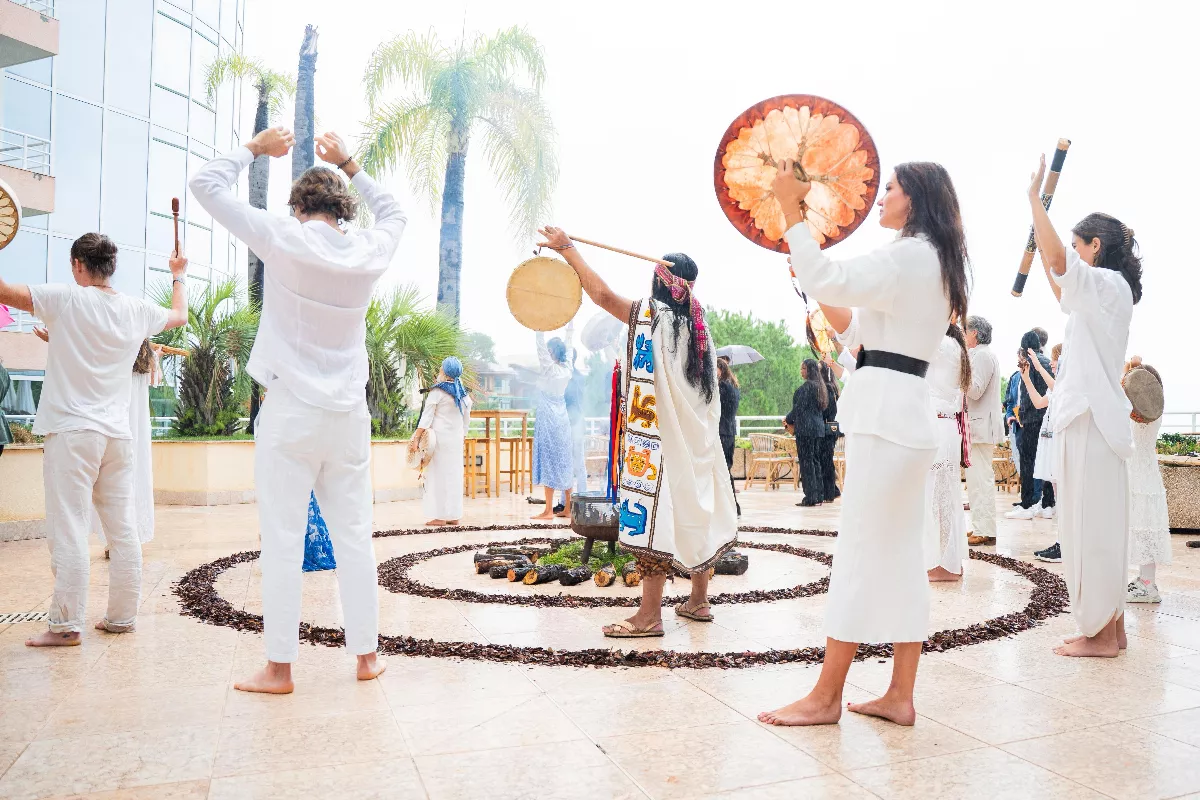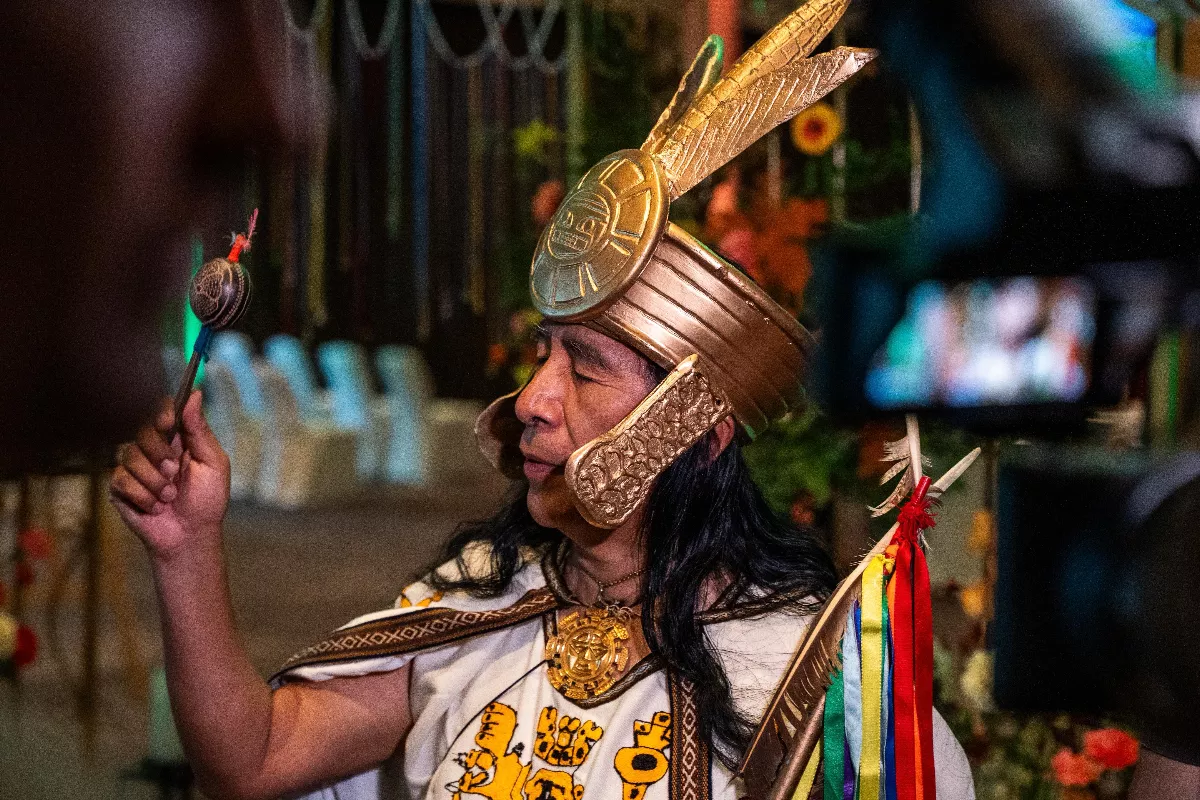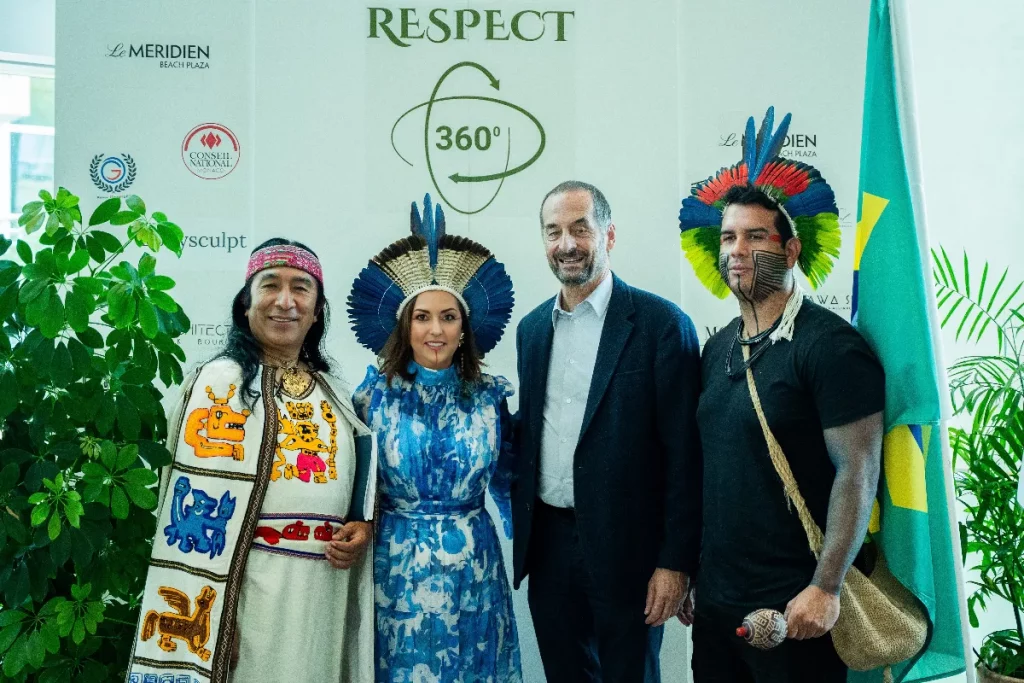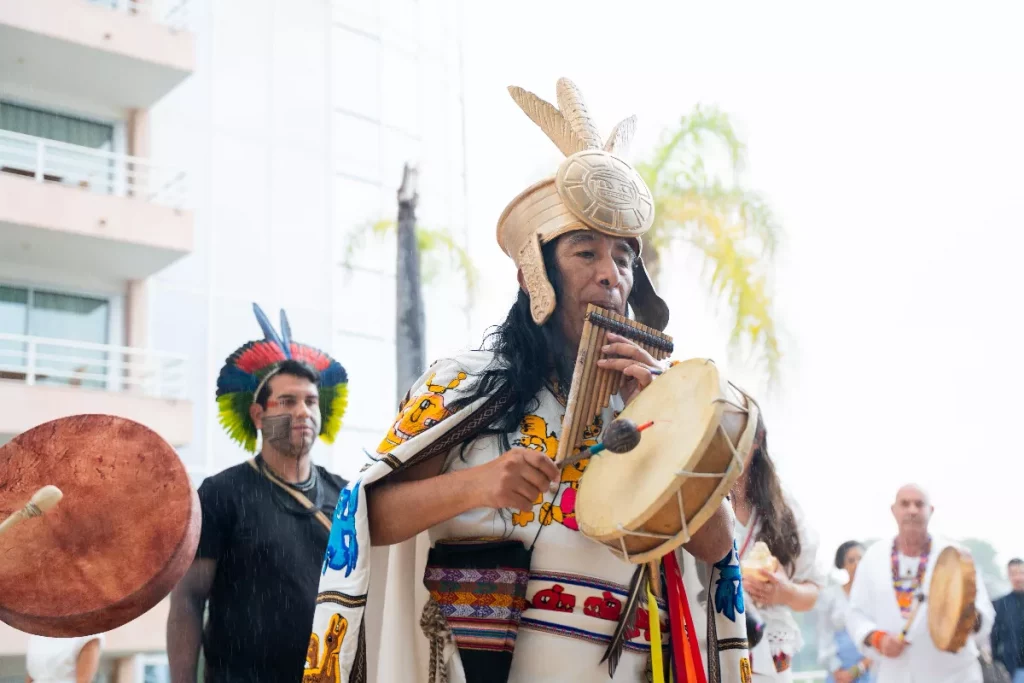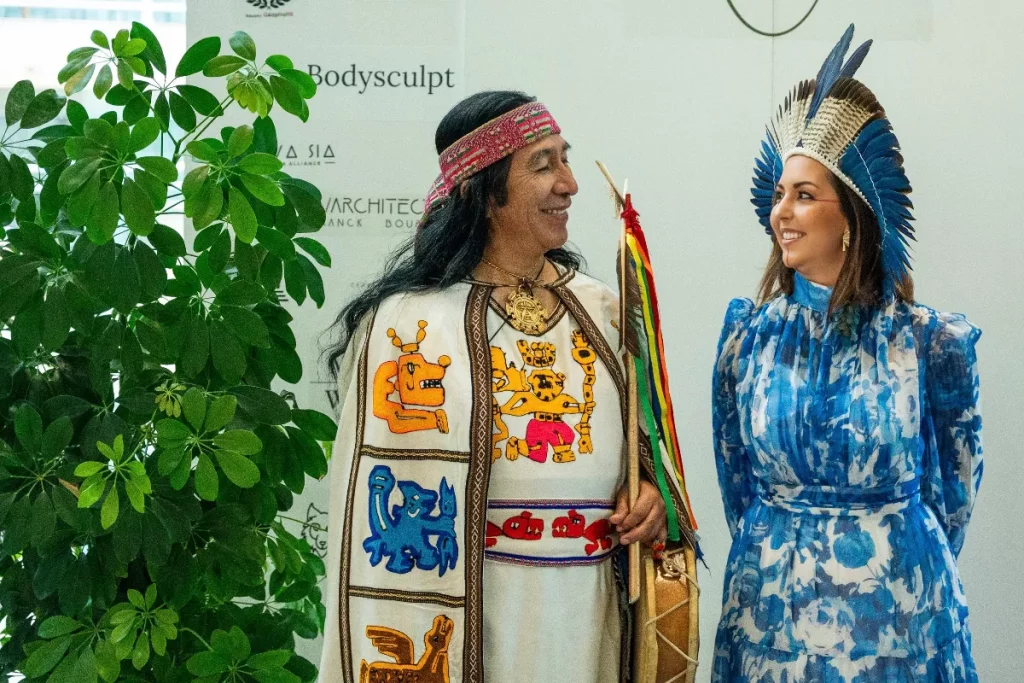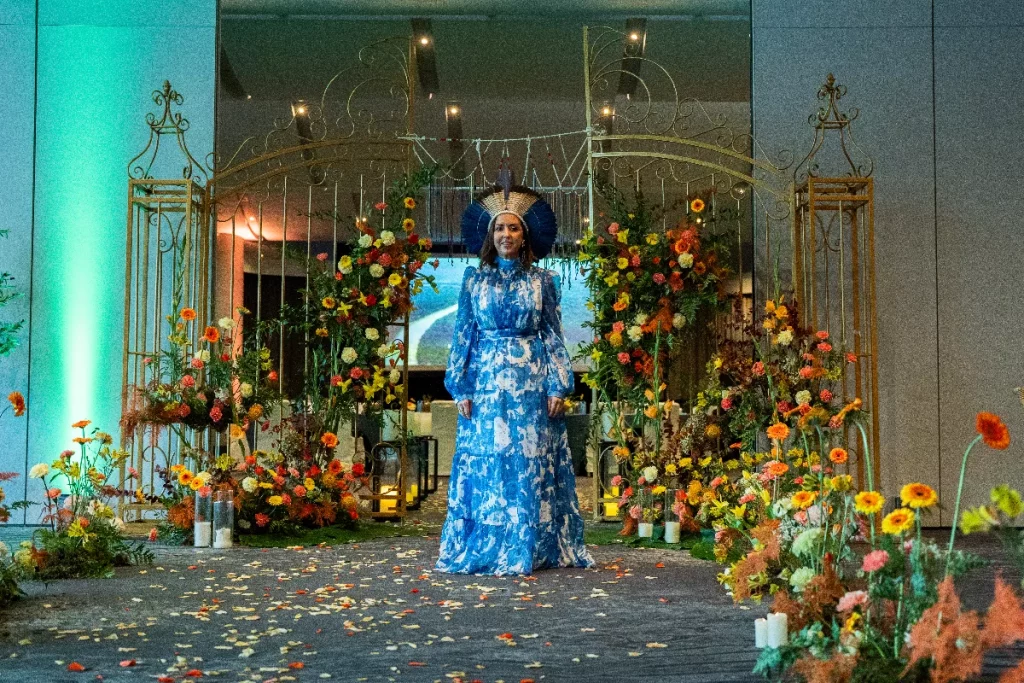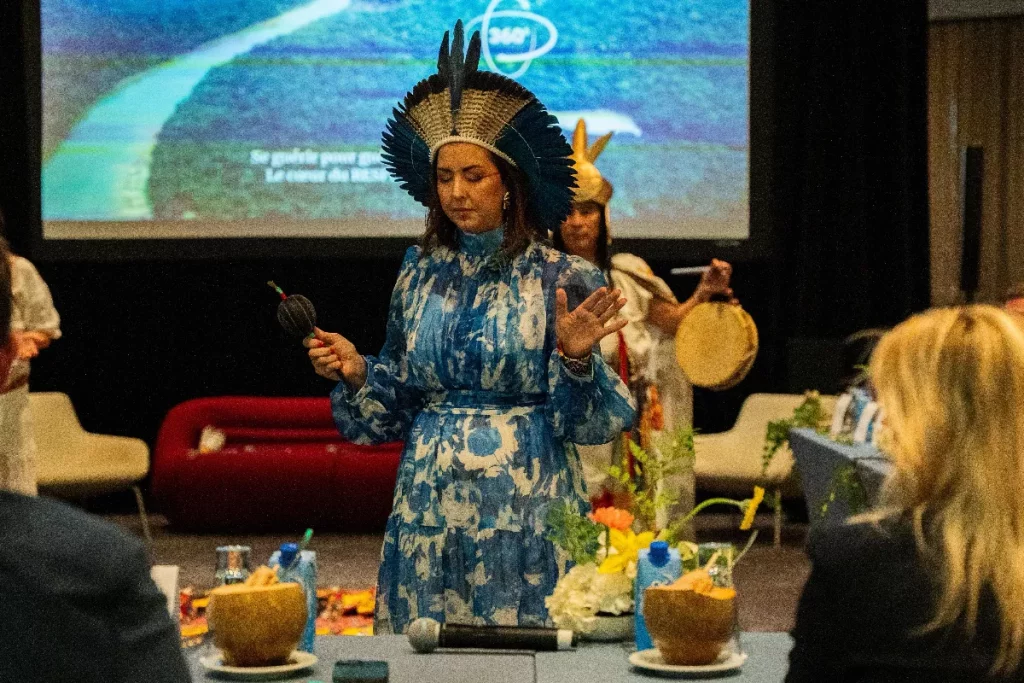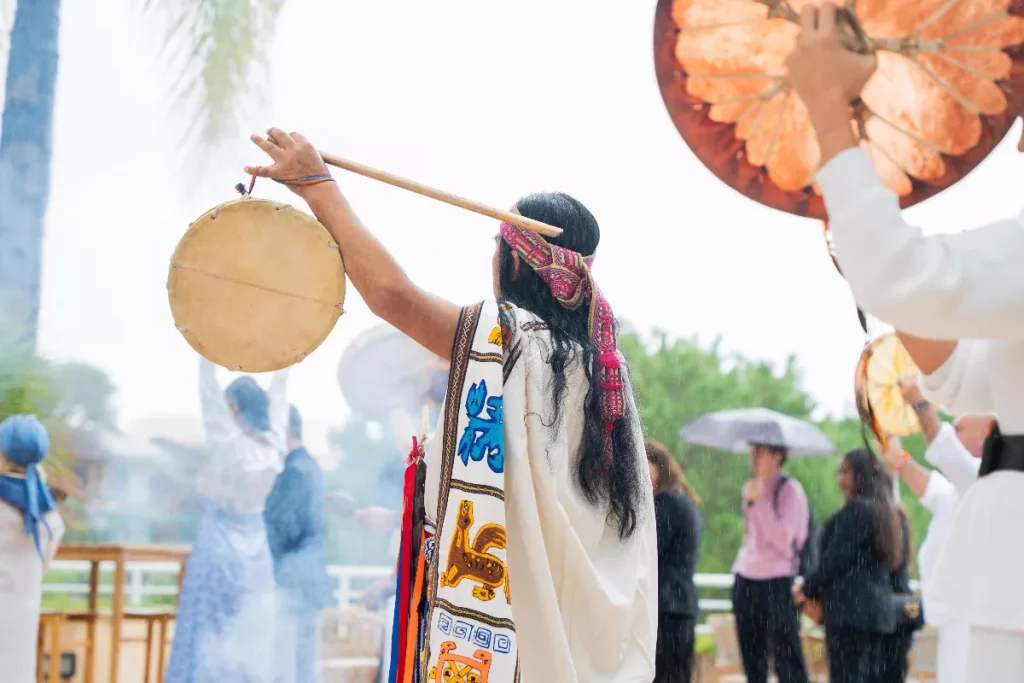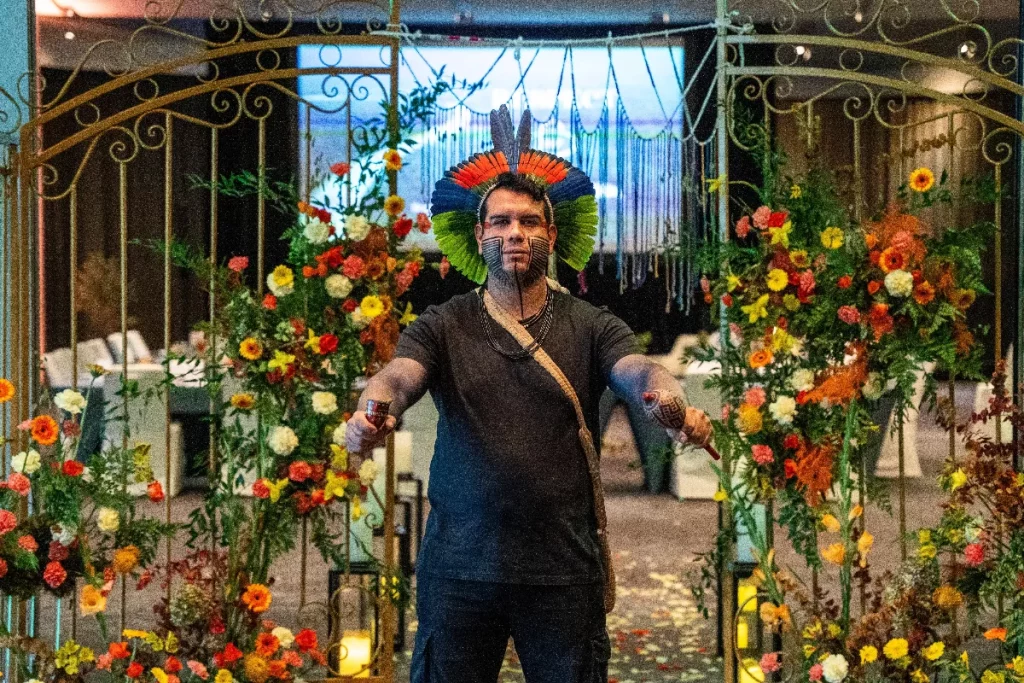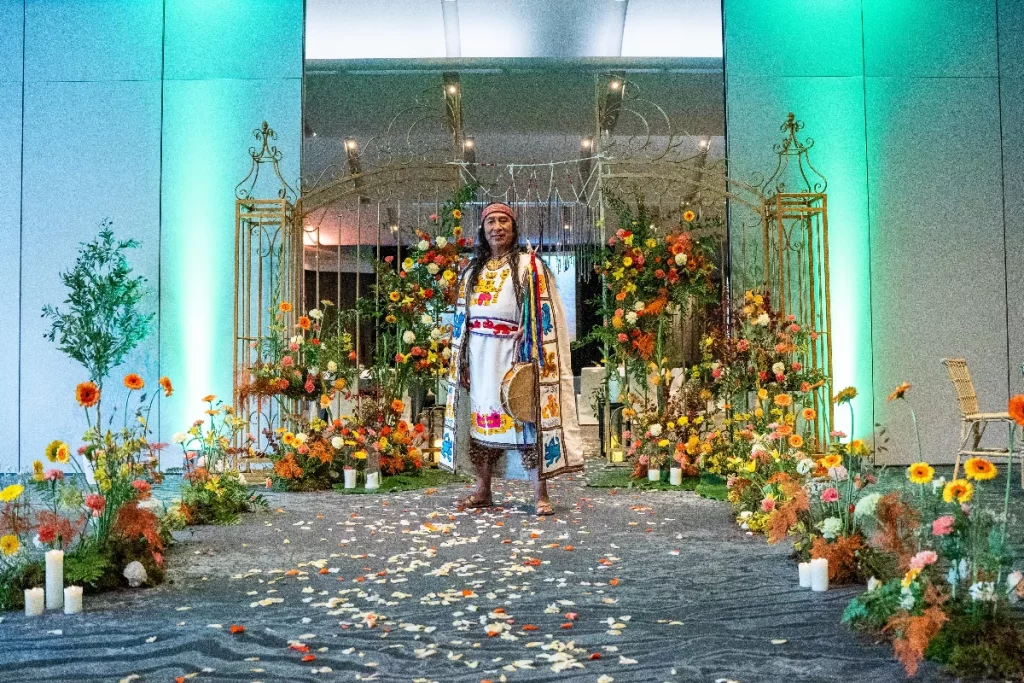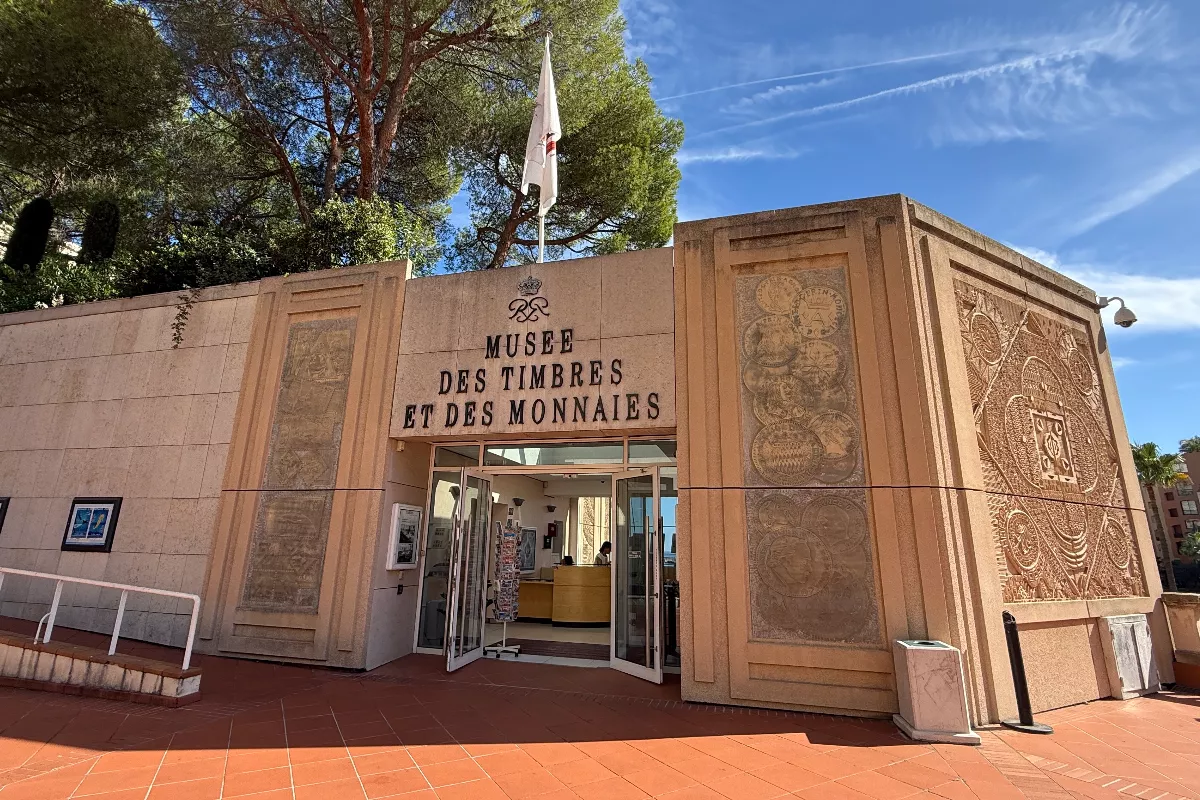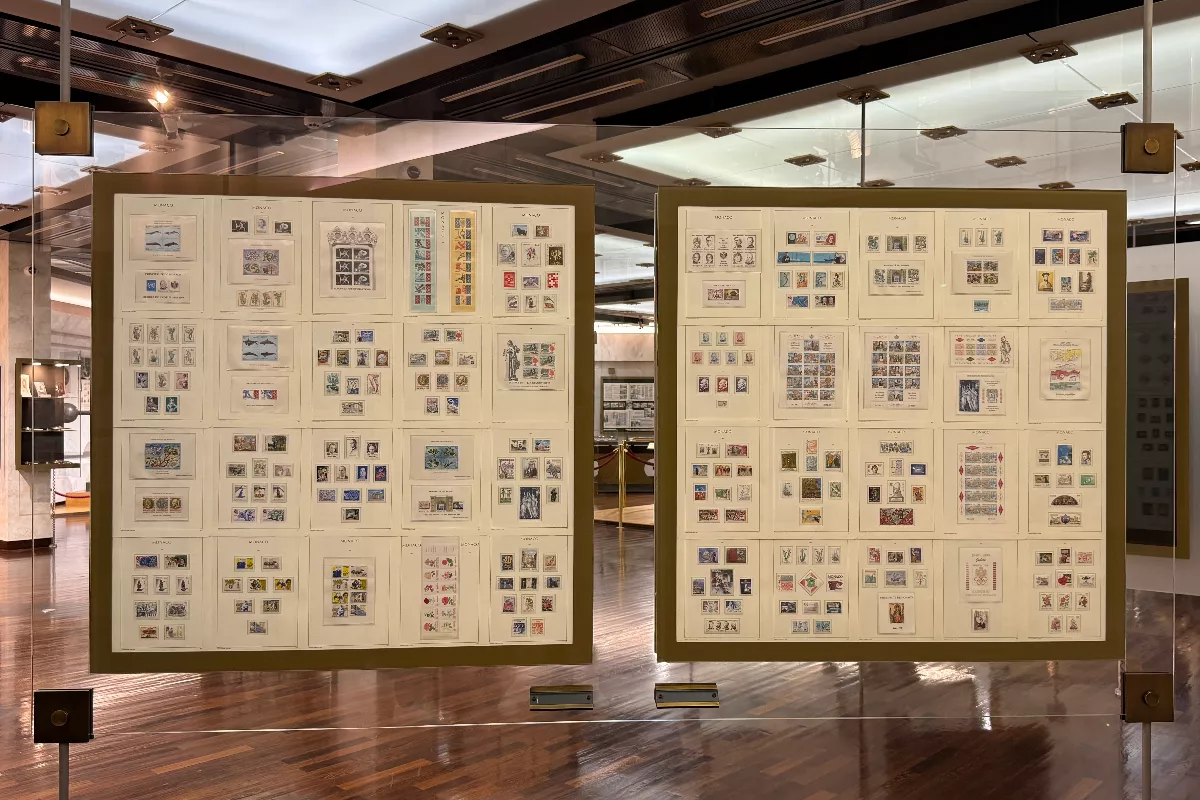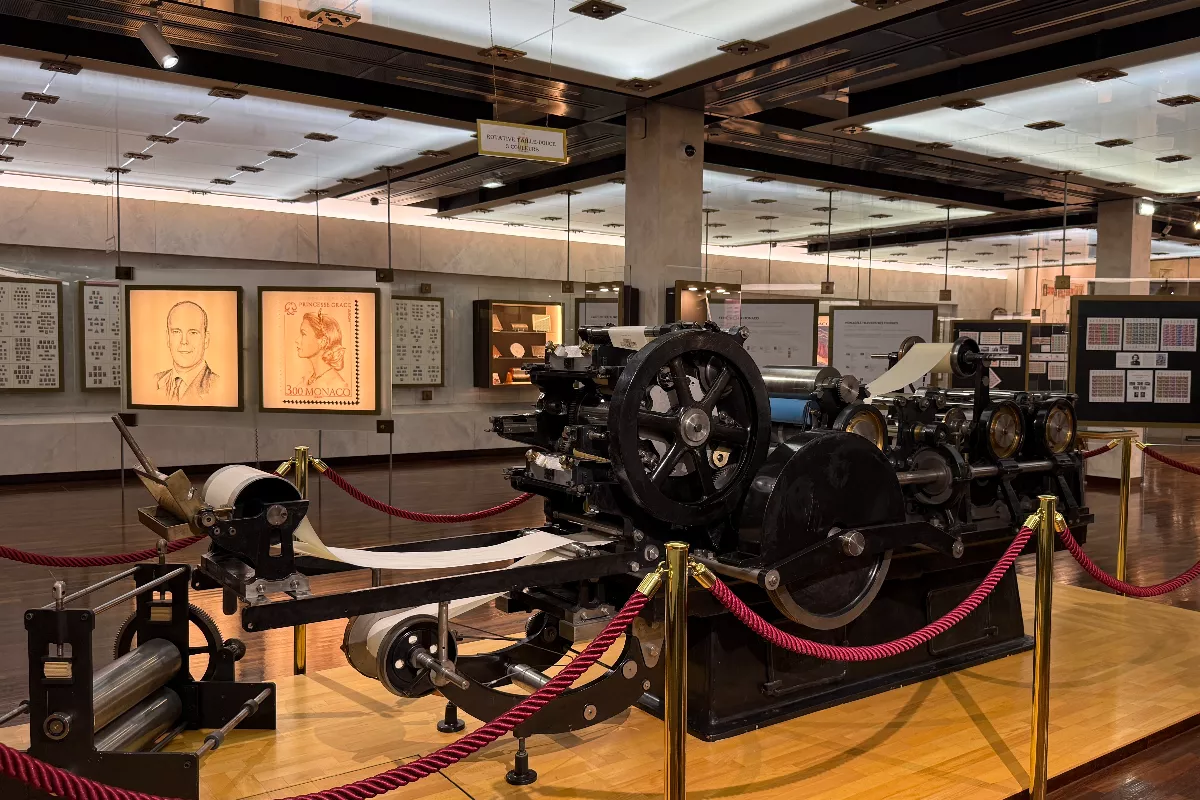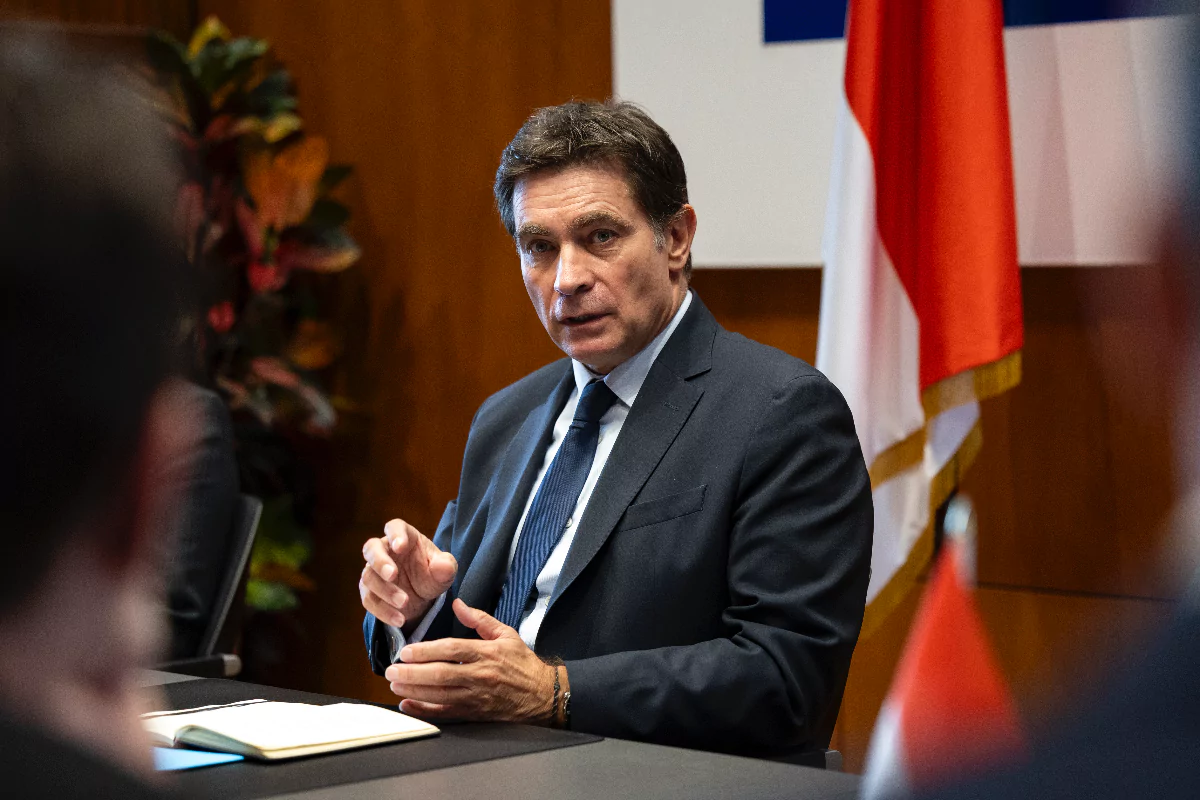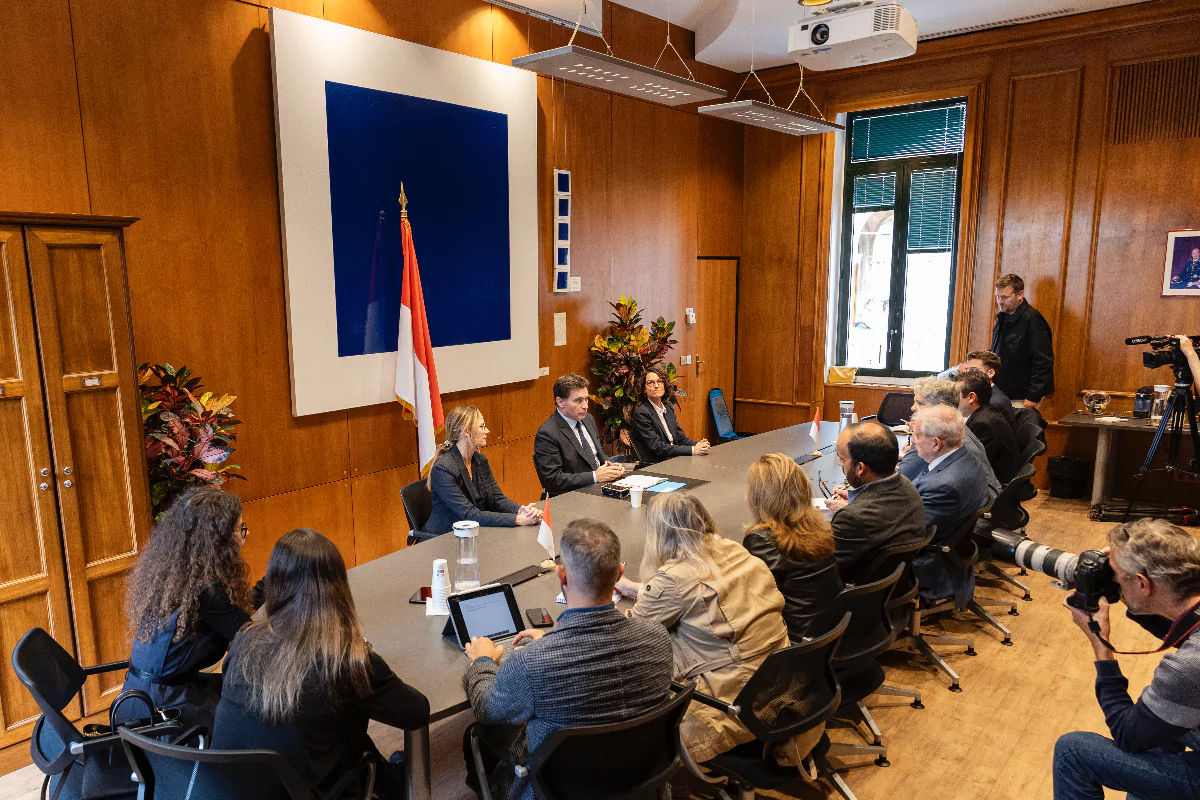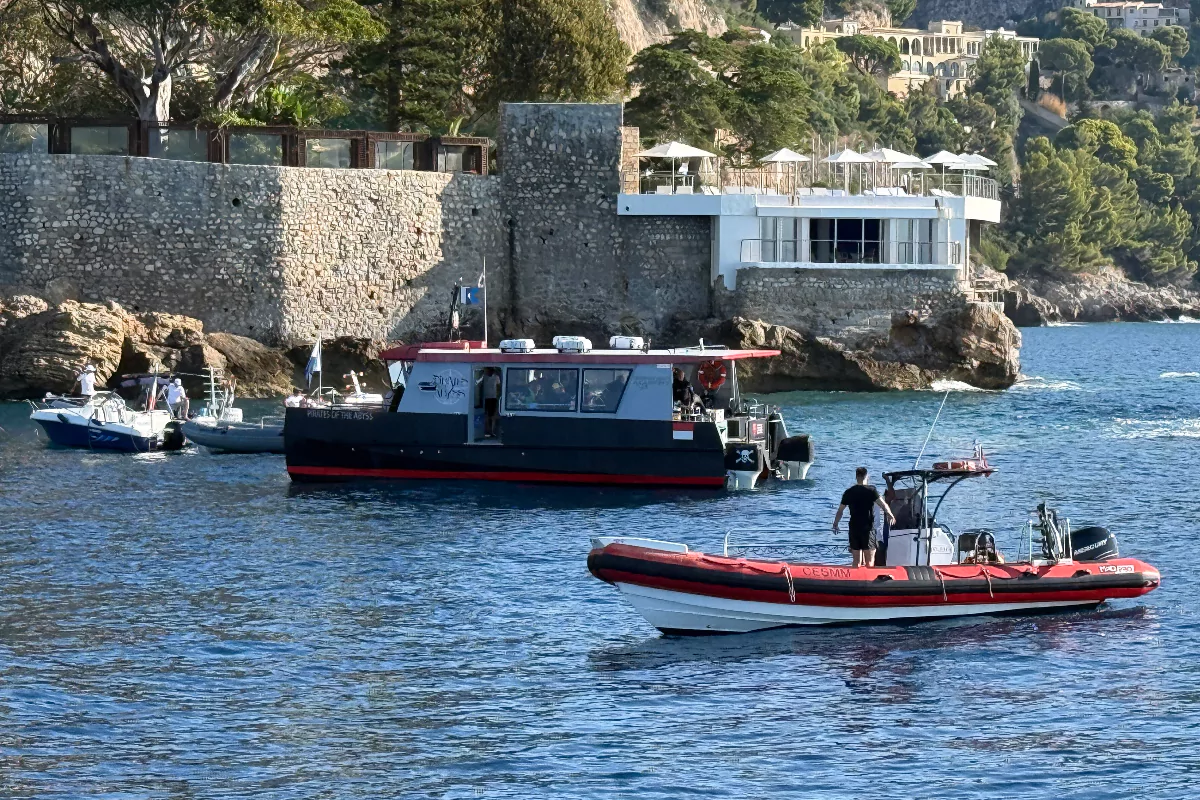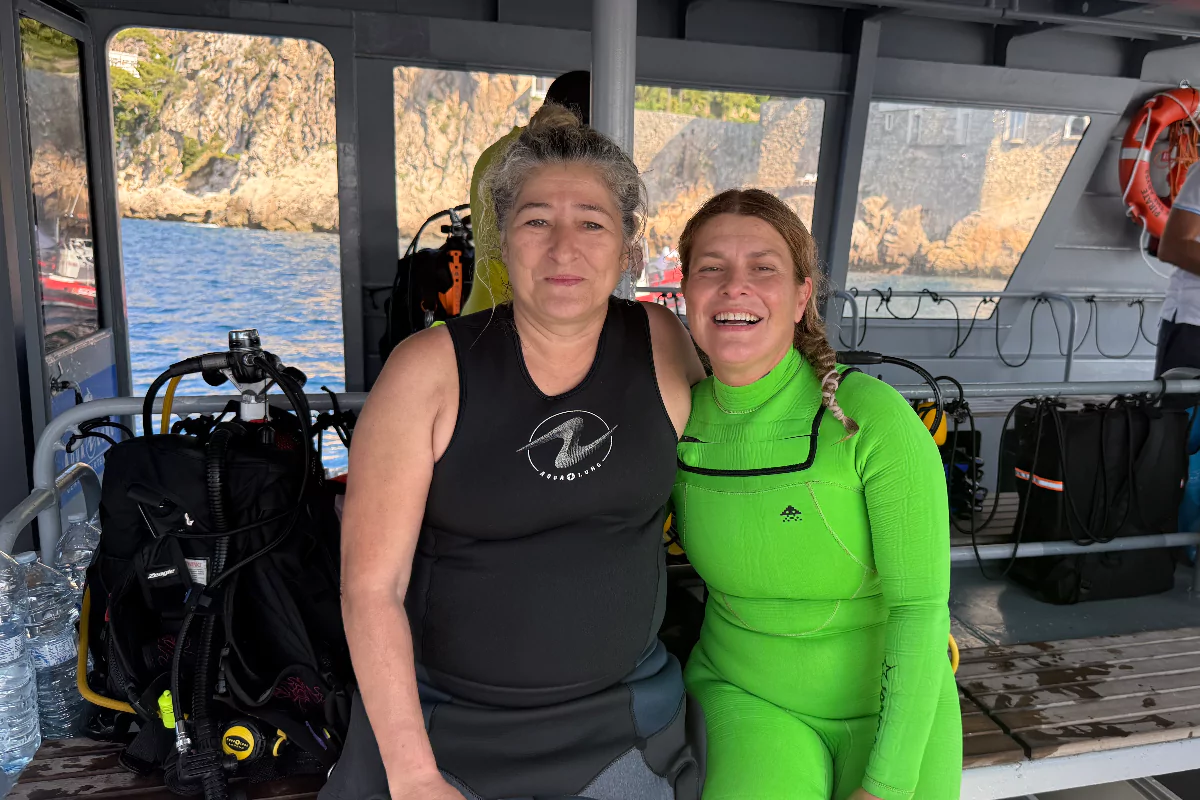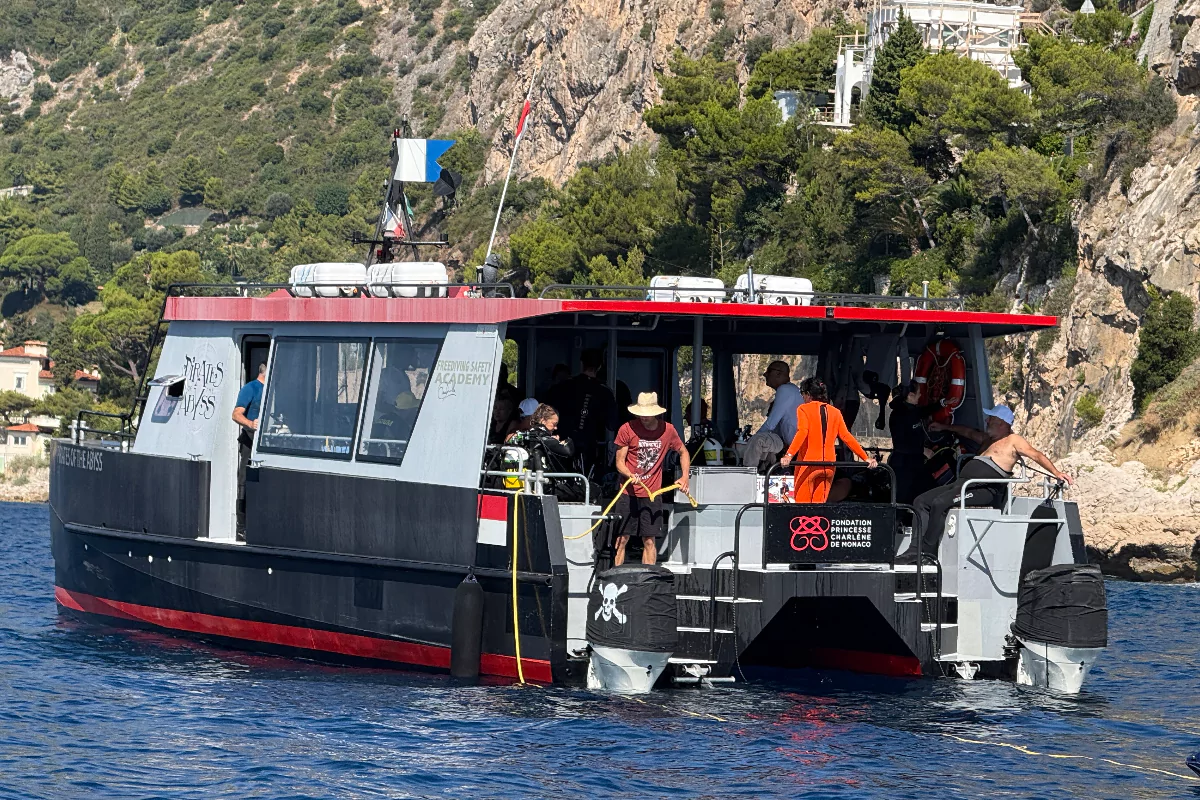An exhibition honouring Prince Albert I and King Carlos I has opened to mark the first official visit by a Portuguese president to Monaco.
President Marcelo Rebelo de Sousa arrived on November 21st for the historic state visit, during which he and Prince Albert II viewed the exhibition at the Saint-Martin Gardens.
The display, titled ‘Sovereign Oceanographers: Albert I, Prince of Monaco and Carlos I, King of Portugal”, chronicles the friendship between the two rulers who shared a passion for marine science.
Prince Albert I was a pioneer of modern oceanography. During his travels, he forged a close bond with King Carlos I, inspiring the monarch’s scientific work and exchanging frequent correspondence.
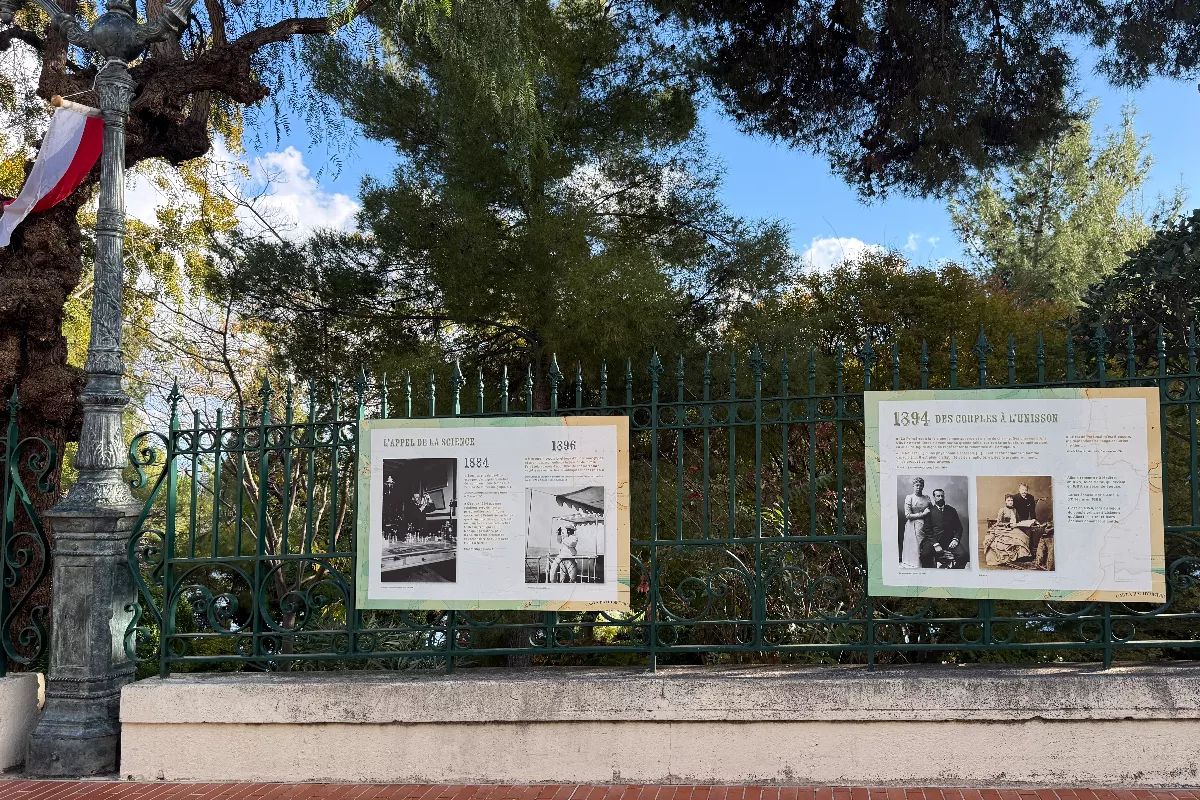
A friendship forged at sea
The two first met in 1879 when Prince Abert I stopped in Lisbon aboard his yacht Hirondelle. The then 16-year-old Carlos sketched the vessel in pencil during the visit.
But their friendship became stronger when both ascended their thrones in 1889, only a month apart. By 1894, when Prince Albert and his second wife Princess Alice visited Lisbon, the bond extended to their spouses as well, since King Carlos had married Marie-Amélie of Orléans in 1886.
The exhibition reveals how Prince Albert encouraged Kind Carlos’s oceanographic work. King Carlos studied Portuguese coastal waters during campaigns between 1896 and 1900 using successive yachts, all named after his wife.
Both rulers also published their scientific findings and created exhibitions of their discoveries. Prince Albert established a modest pavilion at the 1889 Paris Universal Exhibition, while King Carlos displayed his collections at Lisbon’s Polytechnic School in 1897.
Their correspondence, counting around 100 letters over more than a decade, focused on oceanographic techniques and discoveries.
Tragedy and legacy
However, the friendship was cut short by King Carlos’s assassination in Lisbon on February 1st 1908. The King and his eldest son, Crown Prince Luís Filipe, were both killed in the attack. In a letter to Queen Amélie, Prince Albert wrote of “the agony that grips me when I think of the tearing of your heart as a mother.”
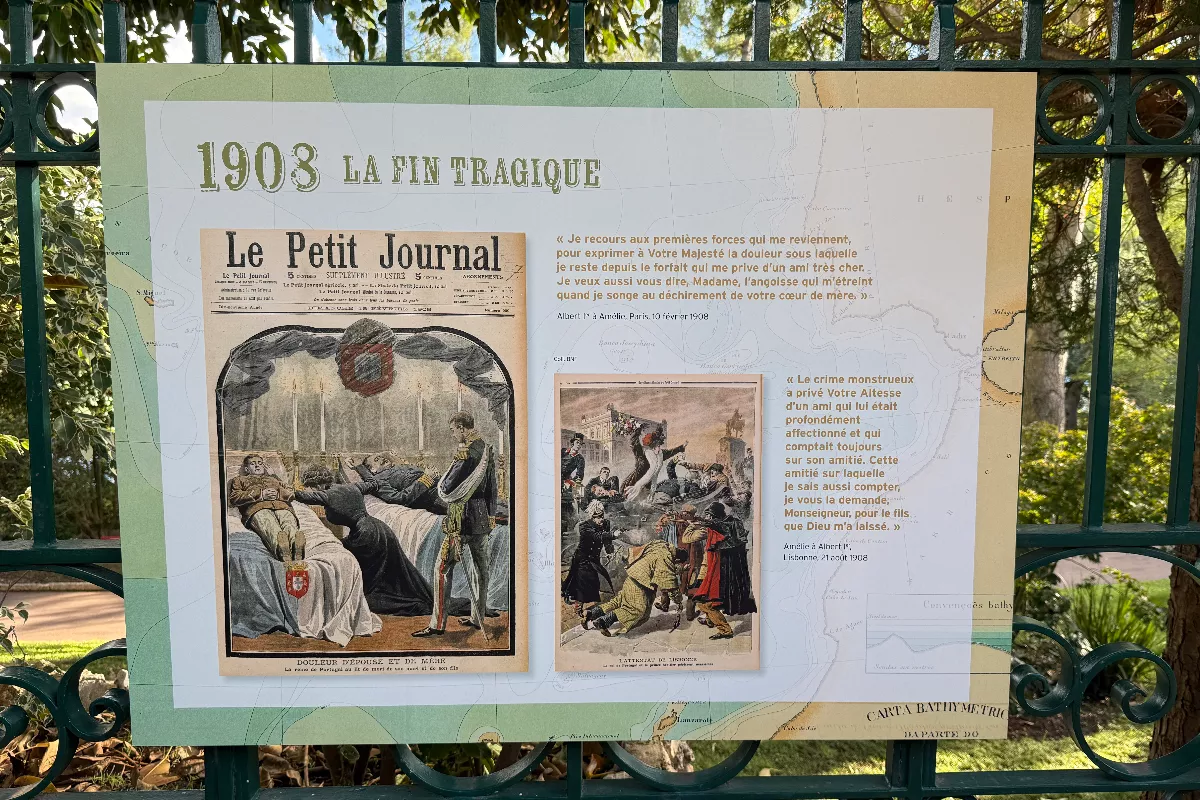
At the 1910 inauguration of the Oceanographic Museum, Prince Albert paid tribute to his fallen friend. Meanwhile, the museum’s façade bears the name ‘Amelia’ in honour of King Carlos’s research vessels.
Prince Albert also made a pilgrimage to Lisbon in 1920, where he spoke at length about King Carlos, describing him as “my student, for it was I who led him to do oceanography on the coasts of Portugal”.
The exhibition, which runs until February 26th, builds upon a show at Lisbon’s Maritime Museum in 2022 that marked the centenary of Prince Albert I’s death.
Now, with the first official visit of Portugal’s president, a bust of King Carlos I was installed in the Saint Martin Gardens opposite a stele dedicated to Prince Albert I, which was unveiled in 1998.
Stay updated with Monaco Life: sign up for our free newsletter, catch our podcast on Spotify, and follow us across Facebook, Instagram, LinkedIn, and Tik Tok.
Main photo by Monaco Life.
